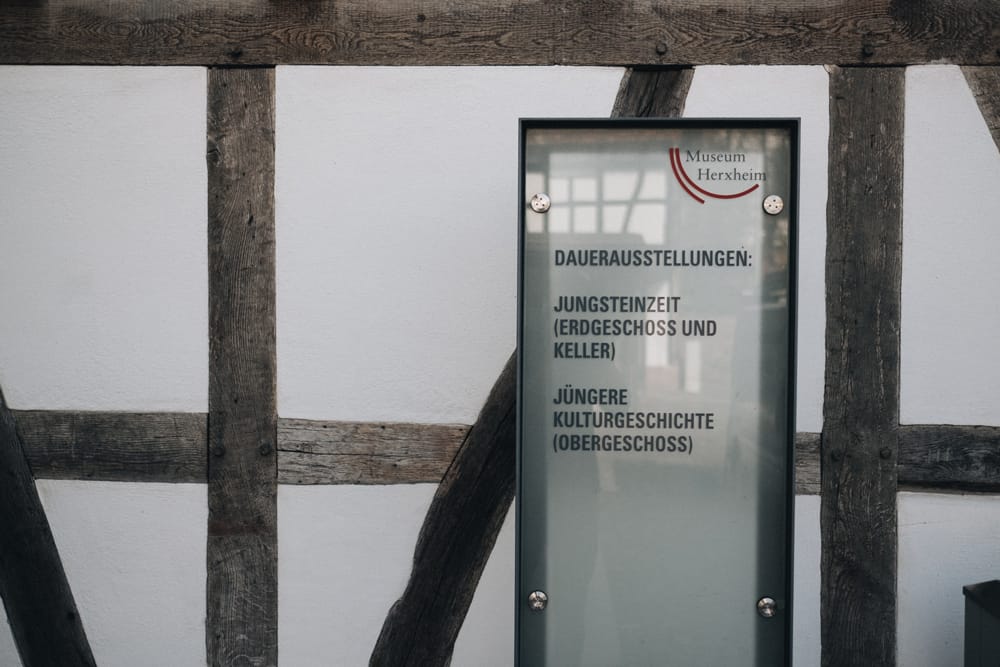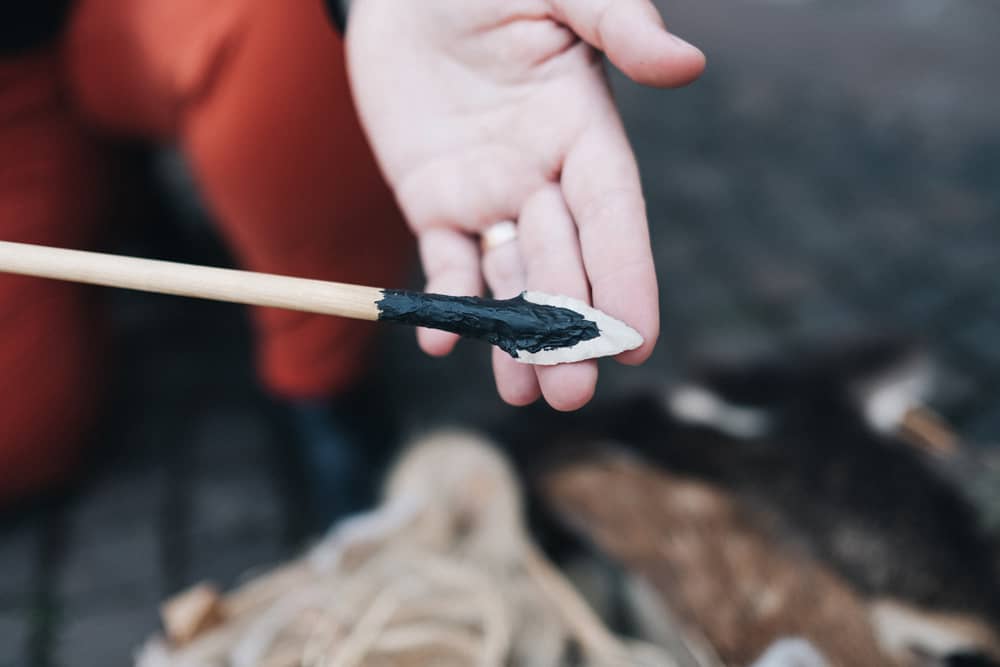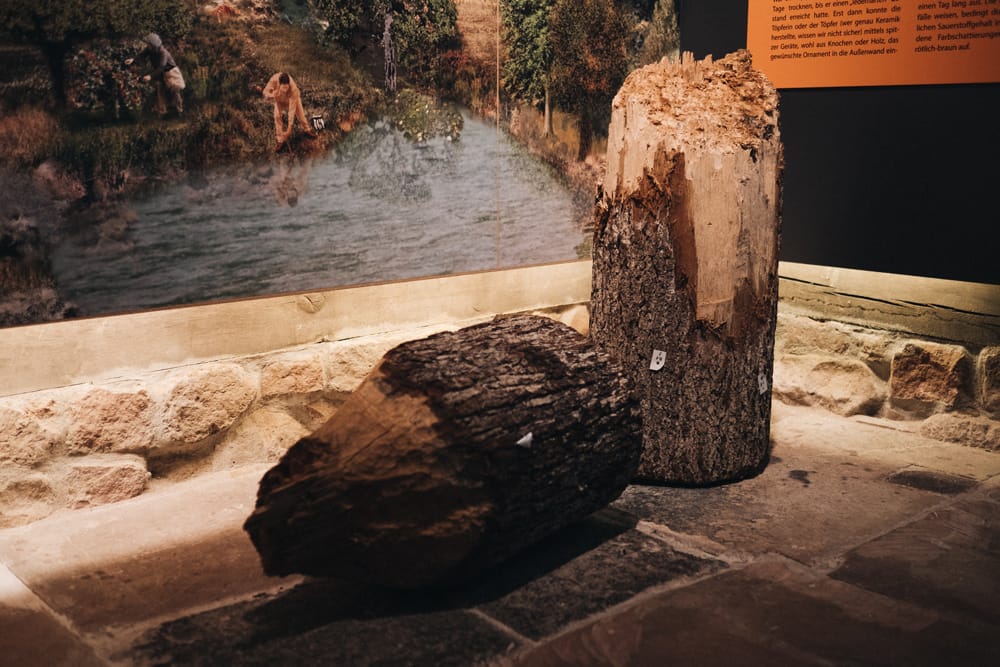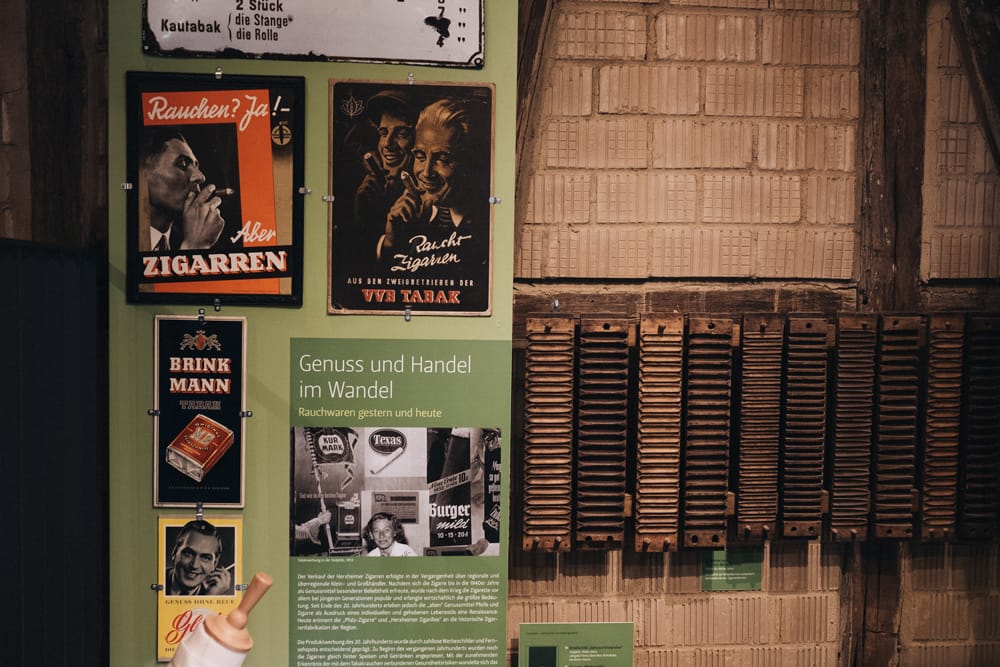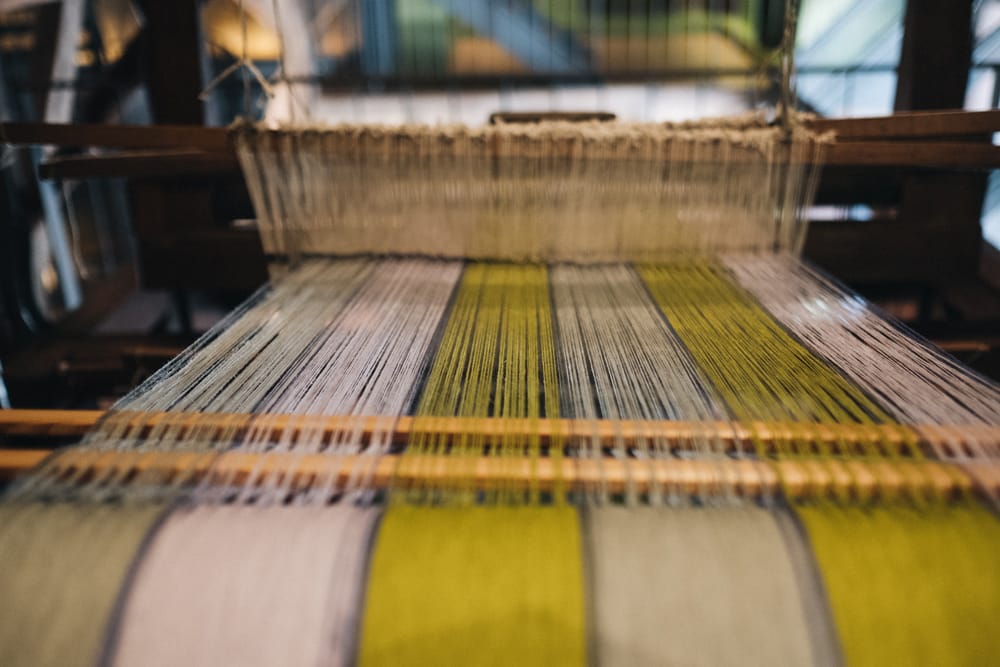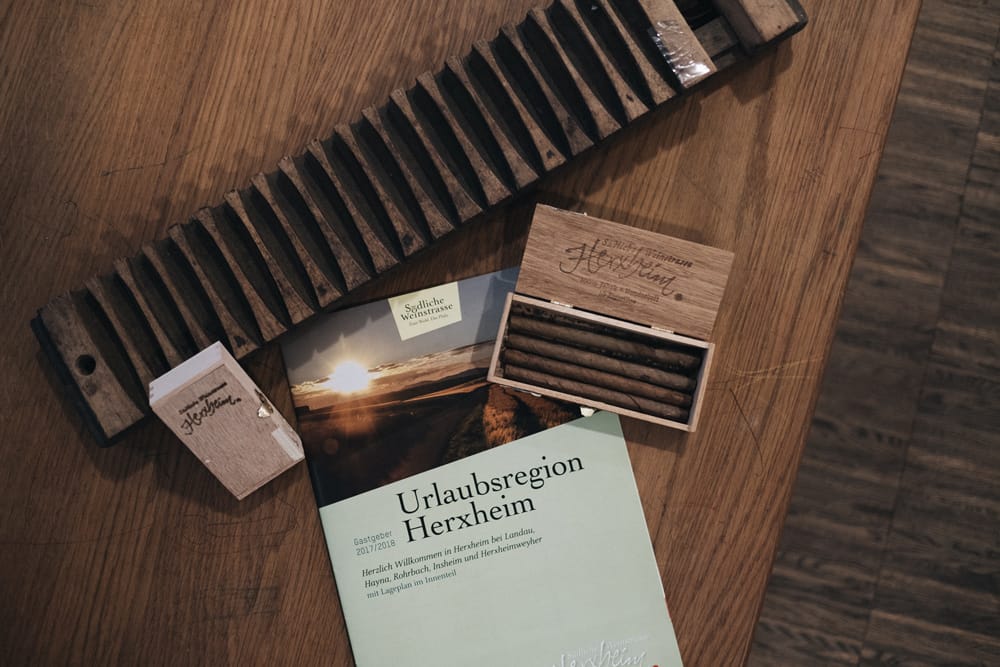It happened 7,000 years ago in the New Stone Age. Approximately 1,000 people were killed; their bodies smashed and buried in today’s Herxheim in the Southern Palatinate. Victims? Cannibalism? Archaeologists across the world argue about the backdrop to the mysterious ritual event. The local museum displays the state of the art research results and tells an exciting Stone Age thriller—as it unfolds.
Since 1995, nothing has stayed the same in Herxheim bei Landau in the Palatinate. A new industrial estate was about to be created to the west of the municipality, when something unexpected happened: Archaeologists discovered innumerable bones and bone pieces in the fertile loess soil: smashed human skulls, shattered jaws—the remains of a massacre?
Jutta Hartmann, head of the local tourist bureau “Südliche Weinstrasse Herxheim” (Southern Wine Route Herxheim) remembers well the time the excavations began. She was one of the persons kneeling in the causewayed enclosures, carefully clearing away the soil layer by layer with a brush: “Many Herxheim locals and amateur archaeologists joined the excavation team. The amateurs put anything unusual that we found on a wooden batten and the professionals assessed the pieces later.”

Archaeologist and director of Museum Herxheim Lhilydd Frank with Jutta Hartmann, head of the local tourist bureau “Südliche Weinstrasse Herxheim”.
The team of scientists headed by archaeologist Dr. Andrea Zeeb-Lanz from the Generaldirektion Kulturelles Erbe Landesarchäologie Speyer (directorate general for cultural inheritance of the state’s archaeology in Speyer) puts the pieces together like in a thriller—and they are a long way from finishing the puzzle. They keep on gaining new insights, some of which are distressing in the light of our moral understanding. “The victims may have been killed at the very site. In any case their bodies were dismembered and bones smashed into pieces shortly after their death. The spiral form of the bone fractures, amongst other facts, suggests this,” archaeologist Lhilydd Frank explains. She studied prehistory and ancient history in Heidelberg and is the current director of the Herxheim museum that is housed in an 18thcentury tobacco farm and displays the world of the Stone Age Linear Pottery culture.





